Ancient Secrets Unearthed: 3,700-Year-Old Egyptian Mother and Unborn Child Reveal Mysterious Childbirth Tragedy
The statement made by the Council of Antiquities states that the woman’s pelvis wasn’t aligned correctly. Wheeler believes that this could mean that the woman experienced trauma or malnutrition during her critical developmental years.
Meanwhile, Wheeler and other archeologists are excavating a cemetery in the town of Dakhla Oasis, which is in the western Egyptian desert. There they have discovered a burial site with about 200 buried premature fetuses, which were all likely the result of miscarriages.
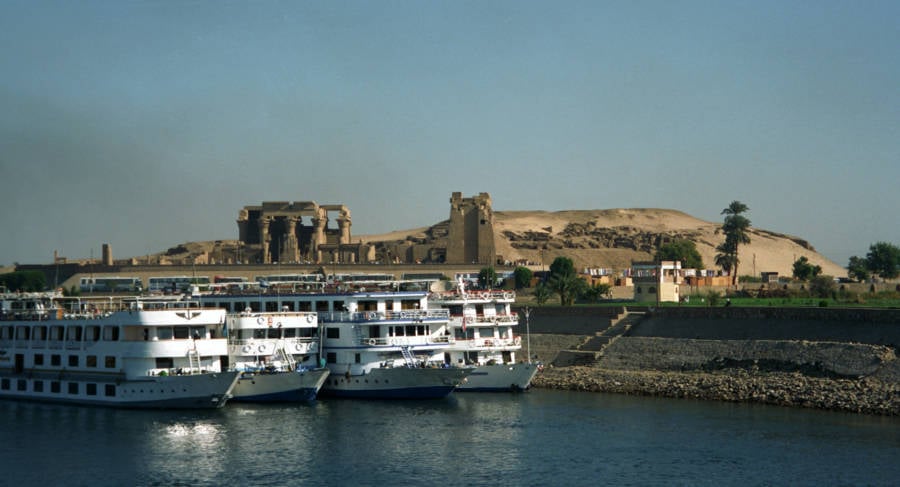
Wikimedia CommonsThe Nile River with the Temple of Kom Ombo in the background.
The burial of the premature fetuses and the discovery of the woman with her unborn child might hint at what the Ancient Egyptians considered a fully-formed person to be.
“It gets into the idea of personhood,” says Wheeler. “Were they considered full people? They’re being buried like they were.”
The announcement of this discovery is the latest in a series of discoveries out of Egypt that’s meant to attract tourism to the country. For instance, earlier in 2018 archeologists announced the discovery of a tomb filled with mummified cats and rare scarab beetles at a 4,500-year-old burial site near Cairo.
The announcement of that discovery was meant to “show the exceptional richness of the Egyptian civilization and to attract the attention of the world towards its magnificent monuments and great civilization so that it becomes the focus of the world as it deserves,” according to the ministry’s release.

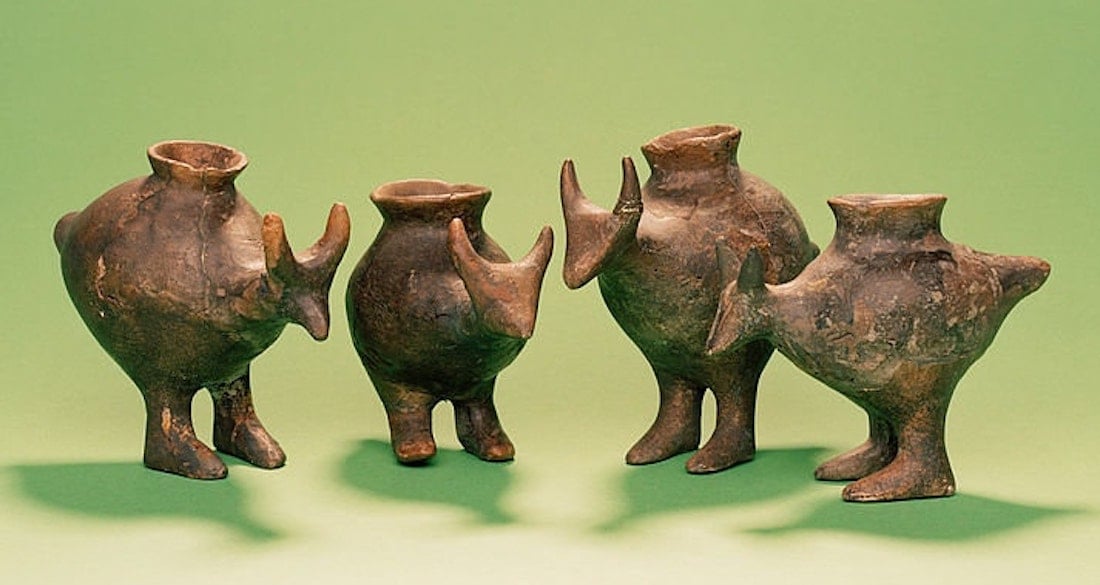
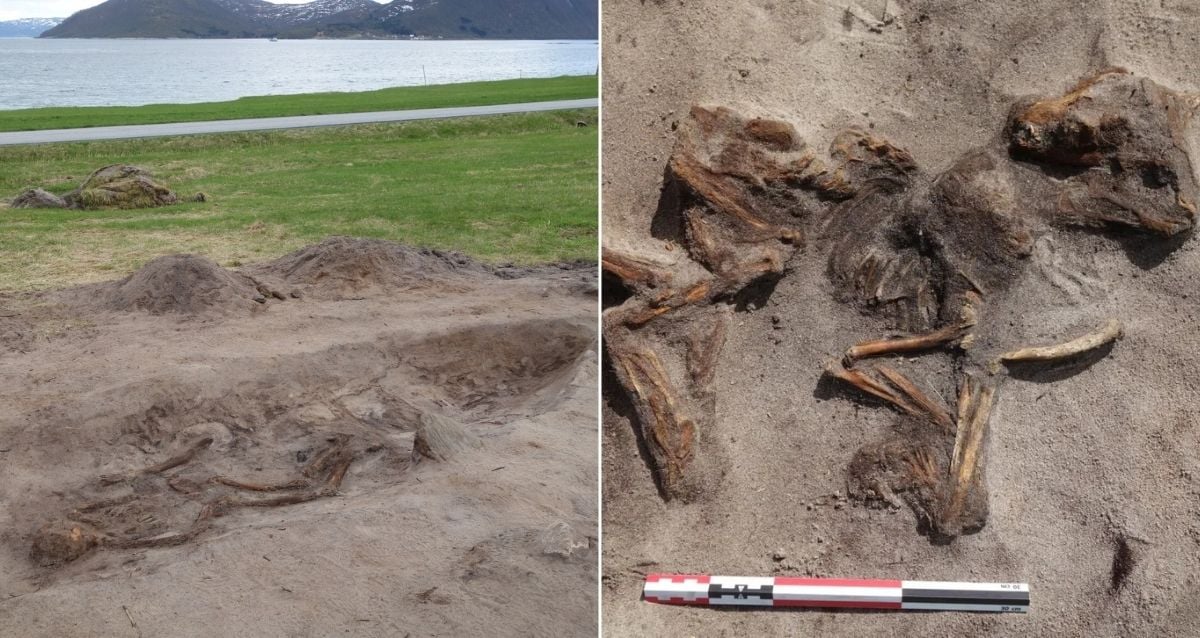
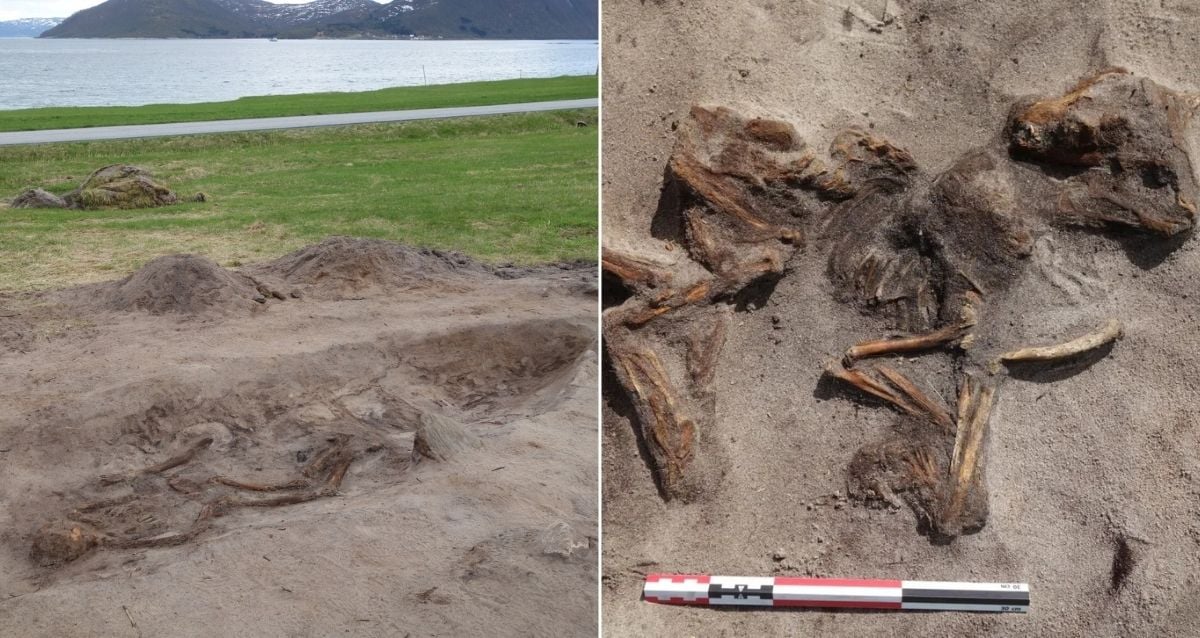





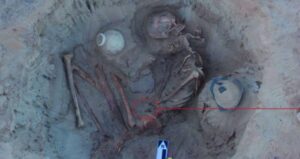



Post Comment